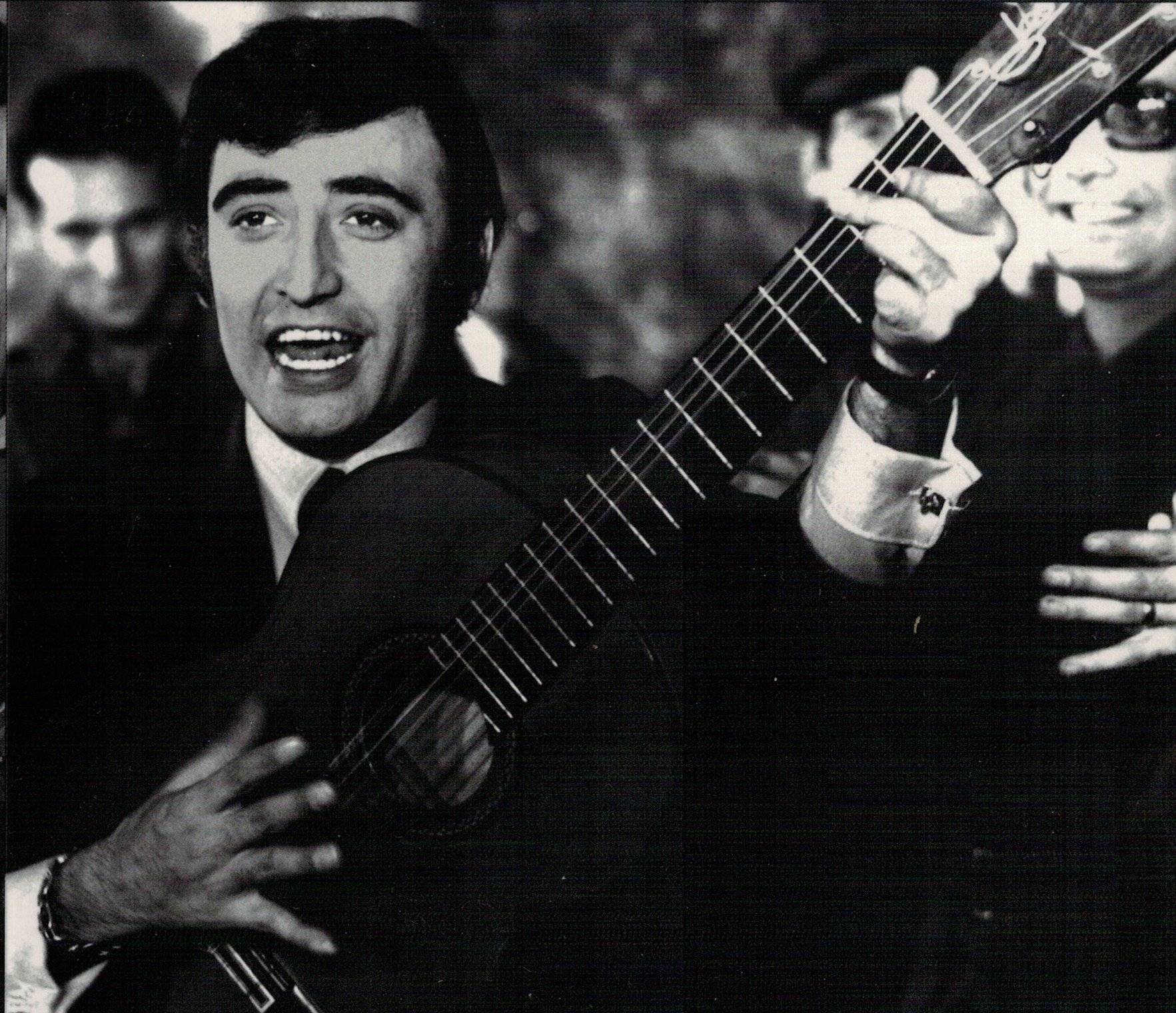It is all explained by Johnny Tarradellas, an institution in the genre, who sets it out in an article published in the Virtual Museum of the Gypsy People in Catalonia: the rumba was born at the beginning of the 20th century in Carrer de la Cera in the Barcelona neighbourhood then known as El Portal, currently called El Raval, where for more than four centuries there has lived a large Catalan-speaking gypsy community, becoming over the years one of the most native rhythms of our musicology. Impossible to understand our sonic identity without the enthusiastic fan-like rotation over the guitar, amplified by the clapping of hands. The rumba is Catalan and the Catalans are gitanitos i morenos - "little gypsies and brown people".
The kings of Catalan rumba
A hundred years ago, in the twenties of the 20th century, the taverns and bars of El Portal resounded with flamenco played by respected members of the neighbourhood's gypsy community. They were wise old players who launched into pure flamenco laments. They must have been remarkable evenings of music, but too serious and liturgical for the younger ones, who yearned to enliven the nights with more joyful and festive sounds. It was like this, starting from the tradition to end up transgressing it, that prematurely prodigious guitarists like Orelles or Toqui took more enthusiastic rhythms like the garrotín and infused them with the warm resonance of music that had arrived from Cuba. From the fusion of that whole universe of melodies and harmonies, a primitive sample of what would end up being known as the Catalan rumba would emerge. A sound that was soon after perfected by Onclo Polla or Onclo González and which he passed on to his son, Antonio González - El Pescaílla. And with him, other young gypsies from the Portal such as Josep Maria Valentí - El Chacho, also known as The prime minister of Rumba, as well as Pere Pubill, and finally, Calaf Peret, the undisputed king of the Catalan Rumba.
In the mid-20th century, the Catalan rumba was already the music that was played most in Barcelona's Barri Xino neighbourhood - as El Portal also become known - in Gràcia and in Hostafrancs, from where it spread to other Catalan cities such as Vic, Tàrrega, Mataró and Perpinyà, where it arrived from the hand of Onclo Lluís, after he made a trip to Barcelona and was fascinated by Peret's music.
Since then, the capital of Northern Catalonia, where the gypsy community has been one of the main pillars for the maintenance of the language on the other side of the Canigó, would become one of the epicentres of the genre, exporting the Catalan rumba to other points in the French state such as Montpellier, from where the Gipsy Kings would emerge, a group that sold more than 60 million records around the world.
In the meantime, rumbera artists and groups such as Los Amayas, Els Chavós, Chango, El Noi, Ramonet, Rumba Tres would emerge in our home, while seducing many of the musical adventures framed within the so-called Ona Laietana - the Laietana Wave - such as Orquestra Plateria or Gato Pérez, one of the great revitalizers of Catalan rumba in the seventies and eighties.
In the nineties, rumba remained alive thanks to the popularity of groups such as Los Manolos and the adoption of the genre by the So Barcelona generation, so - Catalan for "sound". With Manu Chao as the prophet of miscegenation, after him would come Ojos de Brujo, Dusminguet, La Kinky Beat, Muchachito Bombo Infierno, La Troba Kung-Fú, Estopa, Gertrudis, La Pegatina, Bongo Botrako, Txarango..., groups that live alongside other proposals more closely linked to the purest forms of rumba such as Chipén, Ai, Ai, Ai and Sabor de Gràcia, making the Catalan rumba an intangible heritage of humanity.

